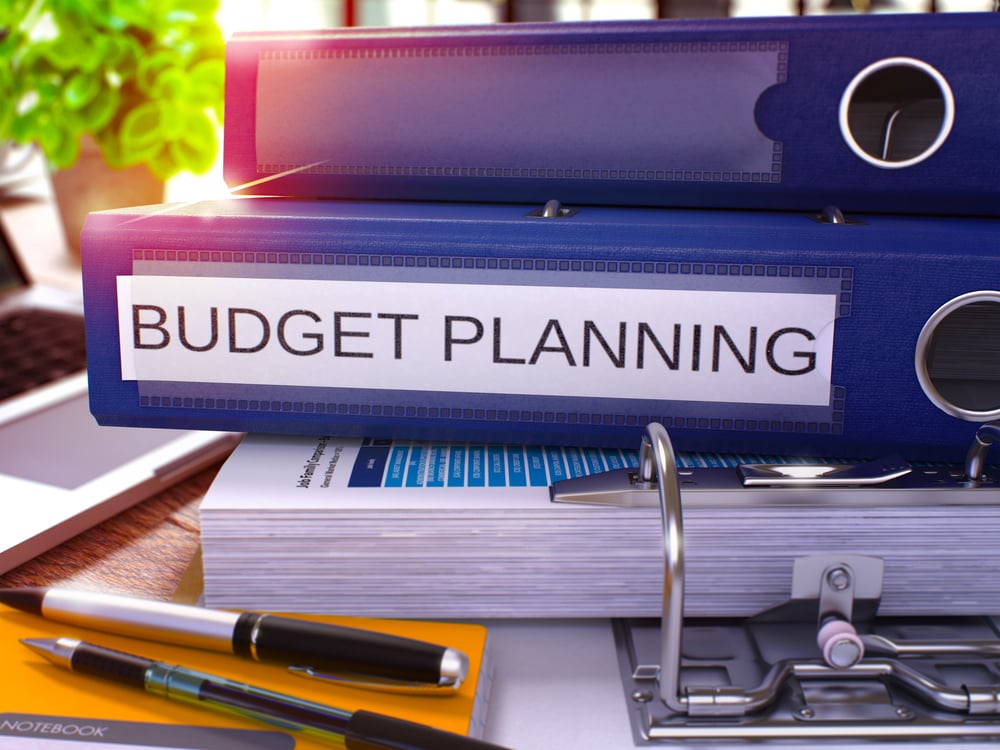
How Predictive Replacement Planning Can Help Healthcare Facilities
To make more effective and efficient decisions regarding budgeting and managing medical equipment, it’s essential that healthcare organizations focus on capital budgeting, medical equipment selection, and recall management.
Capital budgeting is the process of allocating funds for the purchase of long-term assets, such as medical equipment. The goal of capital budgeting is to ensure that a healthcare organization has the funds necessary to purchase needed equipment and can do so while maintaining a balanced budget.
Equipment selection is an area of critical focus during the process. To select the right equipment, healthcare organizations should understand the benefits and drawbacks of the various different types of medical equipment.
Product recall management also should be a high priority. If a piece of medical equipment is recalled, a healthcare organization must have a plan for how to handle the recall to ensure patient safety.
By focusing on these key areas, healthcare organizations can make sound decisions that will benefit patients and the bottom line.
But how can organizations improve these areas? The answer is the use of predictive replacement planning (PRP). Let’s explore PRP and how it can help your healthcare enterprise improve:
- Capital budgeting
- Medical equipment selection
- Recall management
Understanding PRP
PRP is a process that healthcare organizations use to identify and plan the replacement process for medical devices and information systems. PRP helps organizations manage the lifecycle of technology assets and plan for the replacement of systems prior to the end of their usable life.
The PRP process begins with identification of devices and systems approaching the end of usable life. Organizations then develop an unbiased five- or 10-year replacement schedule for these devices and systems. This plan may include the selection of new devices and systems, the development of budgets and timelines, and the assignment of responsibilities for the replacement process.
The plan is not based solely on the age of the equipment or subjective desires or influences of department directors or physicians. Instead, a predictive replacement plan considers multiple objective factors including:
- Organizational goals
- Patient needs
- Data from device recalls
- Support from the original equipment manufacturer (OEM)
- Availability of parts from OEM and aftermarket sources
- Changing technologies
- Device usage frequency
- Clinical needs of healthcare providers
Replacing medical devices and information systems before they reach the end of usable life helps organizations manage technology assets and keep pace with the latest and most efficient devices and systems.
PRP is a valuable tool that can help healthcare institutions reduce capital spending, decrease equipment downtime and maintenance costs, and prevent clinical obsolescence.
Accurate Predictions of Equipment Replacements
PRP can help improve capital budgeting processes by accurately predicting when medical equipment will need to be replaced. PRP uses data analytics to identify patterns and trends in equipment use and failure rates to forecast when a particular piece of medical equipment will need to be replaced. This information can help healthcare institutions budget for replacement equipment in a more timely and accurate manner, improving their overall capital budgeting process and patient safety.
PRP also can help improve the overall quality of care provided by healthcare institutions. By accurately predicting when equipment will fail, PRP can help healthcare institutions plan for and schedule repairs and replacements in a timelier manner, and help prevent equipment failures from impacting patient care.
PRP can be an invaluable tool for healthcare institutions looking to improve their capital budgeting process.
Identifying the Most Critical Pieces of Equipment
PRP can help healthcare institutions improve equipment selection by identifying the most critical pieces of equipment and providing estimated replacement timelines. This information can help institutions make better decisions about which equipment to invest in and which ones to replace sooner rather than later.
The most critical pieces of equipment are those that have the most significant impact on patient care. Numerous factors can make equipment critical. One of the most important factors is the number of patients the equipment impacts. Equipment used to treat many patients is more critical than equipment that treats a small number of patients.
Age is another critical factor to consider in the process. Old and/or outdated equipment can have a negative impact on patient care, making timely replacement essential to excellent patient care. Finally, reliable equipment is obviously more vital than unreliable equipment. Institutions should consider replacing equipment that isn't reliable.
It’s worth noting that the most critical pieces of equipment are not always the most expensive. In fact, they may be relatively low-cost items that are essential for day-to-day operations of the hospital, such as beds, infusion pumps, and wheelchairs. By identifying these items and planning for their replacement, healthcare organizations can confirm that they have the necessary equipment to provide quality care to patients.
Ensuring Replacement Equipment Availability
When a piece of medical equipment is recalled, a healthcare facility must be able to replace it quickly. The process of managing recalls is essential for protecting the safety of patients, but it can be challenging to achieve with limited resources.
With the help of PRP, a healthcare enterprise can be prepared for recalls by planning for the availability of replacement equipment. This is critical to safeguarding patients not affected by a product recall. If a hospital doesn’t have a replacement available, it cannot use the recalled equipment and may have to send patients to other facilities. This can be a significant inconvenience for patients and can lead to revenue loss for the hospital.
Improving Capital Budgeting, Medical Equipment Selection, and Product Recall Management
PRP is a proven method for improving a healthcare facility's budgeting, equipment selection, and product recall management process. A quality PRP system will provide accurate predictions of equipment replacements, identify the most critical pieces of equipment, and identify available replacement equipment in the event of a recall.
Learn more about how health systems, aging services facilities, and ambulatory care settings can benefit from ECRI Predictive Replacement Service.
